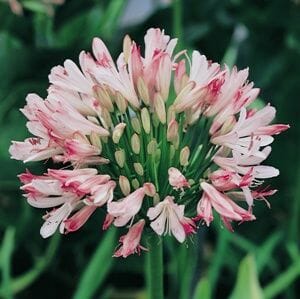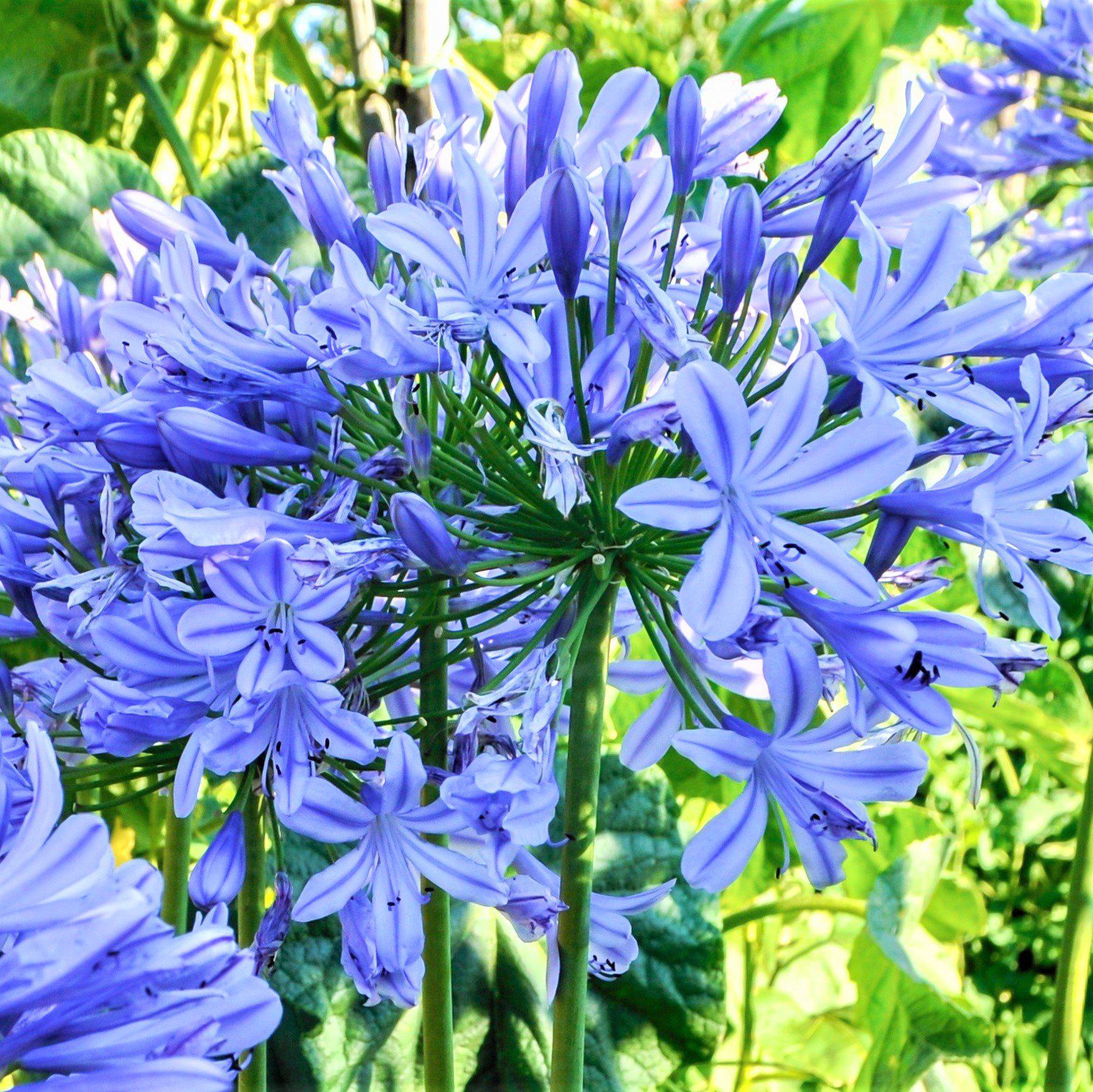Unleashing the Secret to Effective Agapanthus Farming: Idea for a Flourishing Garden
In the realm of horticulture, cultivating agapanthus successfully calls for a calculated method that incorporates various facets of plant treatment. By understanding the subtleties of agapanthus cultivation, one can produce a setting where these plants prosper and flower abundantly.
Growing Agapanthus: Finest Practices
When growing Agapanthus, proper soil preparation is essential for guaranteeing effective growth and growth of these lovely blossoms. Agapanthus, commonly referred to as Lily of the Nile or African lily, grows in well-draining soil with a somewhat acidic to neutral pH degree - Agapanthus. Before planting, it is essential to amend hefty clay dirts with raw material such as garden compost or peat moss to improve drainage and supply vital nutrients for the plants
To grow Agapanthus, choose an area that receives full sunlight to partial shade, as this will advertise healthy and balanced growth and bountiful blooming. Dig an opening two times the diameter of the plant's origin ball and place the Agapanthus at the very same depth it was previously expanding. Delicately backfill the hole with soil, pushing down firmly to remove any type of air pockets around the origins.
Water the freshly grown Agapanthus completely and remain to keep the soil uniformly wet, especially throughout the plant's energetic expanding period. Agapanthus. Using a well balanced fertilizer once a month can additionally support the plant's growth and flowering. By following these best techniques for planting Agapanthus, you can create a sensational screen of these captivating flowers in your yard
Perfect Soil Conditions for Agapanthus
For ideal growth and growing success of Agapanthus plants, ensuring the dirt problems are optimal is critical. Agapanthus likes soil that is rich in nutrients, so including a well balanced fertilizer throughout the expanding period can advertise healthy and balanced development and lively flowers.

Watering and Feeding Tips
To make sure healthy development and vivid blooms, proper watering and feeding techniques are crucial for successful Agapanthus growing. Agapanthus plants take advantage of regular watering, especially during the expanding season. It is suggested to water deeply when a week, ensuring the soil is moist but not soaked. During heat or in pots, more constant watering may be essential to avoid the dirt from drying totally.
When it pertains to feeding Agapanthus, a balanced plant food with equivalent parts nitrogen, phosphorus, and potassium can be used in the springtime to promote healthy and balanced development and flowering. Slow-release plant foods are ideal for giving nutrients gradually over an pop over to these guys extensive period. Prevent over-fertilizing, as this can result in excessive foliage development at the cost of blossoms.
Furthermore, incorporating raw material like garden compost into the soil can improve nutrient degrees and enhance dirt structure, aiding in the total wellness of the Agapanthus plants. By adhering to these watering and fertilizing ideas, garden enthusiasts can ensure their Agapanthus plants flourish and create magnificent screens of blossoms.
Pruning and Deadheading Methods
Correct pruning and deadheading strategies play a vital function in keeping the health and aesthetics of Agapanthus plants, matching the essential methods of watering and feeding for effective growing. Trimming Agapanthus includes getting rid of invested flower heads, dead or yellowing fallen leaves, and overall shaping of the plant to advertise better growth. Deadheading, the procedure of getting rid of faded flowers, not just boosts the plant's appearance but likewise urges further blooming.
When deadheading Agapanthus, it is suggested to trim off the blossom stem at the base using sharp, tidy shears. This procedure redirects the plant's energy from seed production back right into root and vegetation development, advertising a healthier and a lot more durable plant. Normal deadheading can prolong the growing duration of Agapanthus and prevent self-seeding, which can bring about congestion.
In terms of pruning, Agapanthus normally benefits from a light trim after blossoming to clean up the plant and motivate fresh growth. Reducing back the spent flower stems and removing any broken or dead vegetation aids preserve the plant's vigor and total appearance. Nonetheless, it is crucial to stay clear of reducing right into the crown of the plant, as this can weaken its health.

Protecting Agapanthus From Vermins and Diseases
Executing reliable pest and illness management strategies is try these out critical to protecting the wellness and vigor of Agapanthus plants in cultivation. One typical parasite that affects Agapanthus is the Agapanthus borer, a caterpillar that passages right into the plant, causing damage to the fallen leaves and blossoms.
In enhancement to insects, Agapanthus are at risk to conditions such as root rot and fungal leaf areas. These concerns can frequently be stopped by ensuring correct drainage and avoiding overwatering. Impacted components of the plant must be without delay removed to prevent further spread if signs of disease appear. Fungicides may also be used as a treatment step, complying with the producer's directions carefully. By staying watchful and attending to bug and illness problems quickly, gardeners can assist their Agapanthus grow and prosper.

Conclusion
To conclude, effective growing of agapanthus calls for appropriate growing strategies, suitable soil problems, adequate watering and feeding, regular pruning and deadheading, and security from illness and parasites. By complying with these tricks and suggestions, garden enthusiasts can make certain a flourishing garden full of lovely agapanthus blossoms. Agapanthus. Keep in mind to keep constant treatment and interest to information to advertise the health and wellness and long life of these click for info stunning plants
When planting Agapanthus, appropriate dirt prep work is essential for making certain effective development and advancement of these lovely blossoms.Water the newly planted Agapanthus completely and continue to keep the soil evenly moist, especially throughout the plant's energetic growing season.For optimal growth and blooming success of Agapanthus plants, ensuring the dirt problems are excellent is essential. When planting or transplanting Agapanthus, ensure the dirt is well-prepared to give the essential structure for the plants to establish themselves effectively. One common pest that impacts Agapanthus is the Agapanthus borer, a caterpillar that passages into the plant, causing damages to the flowers and fallen leaves.